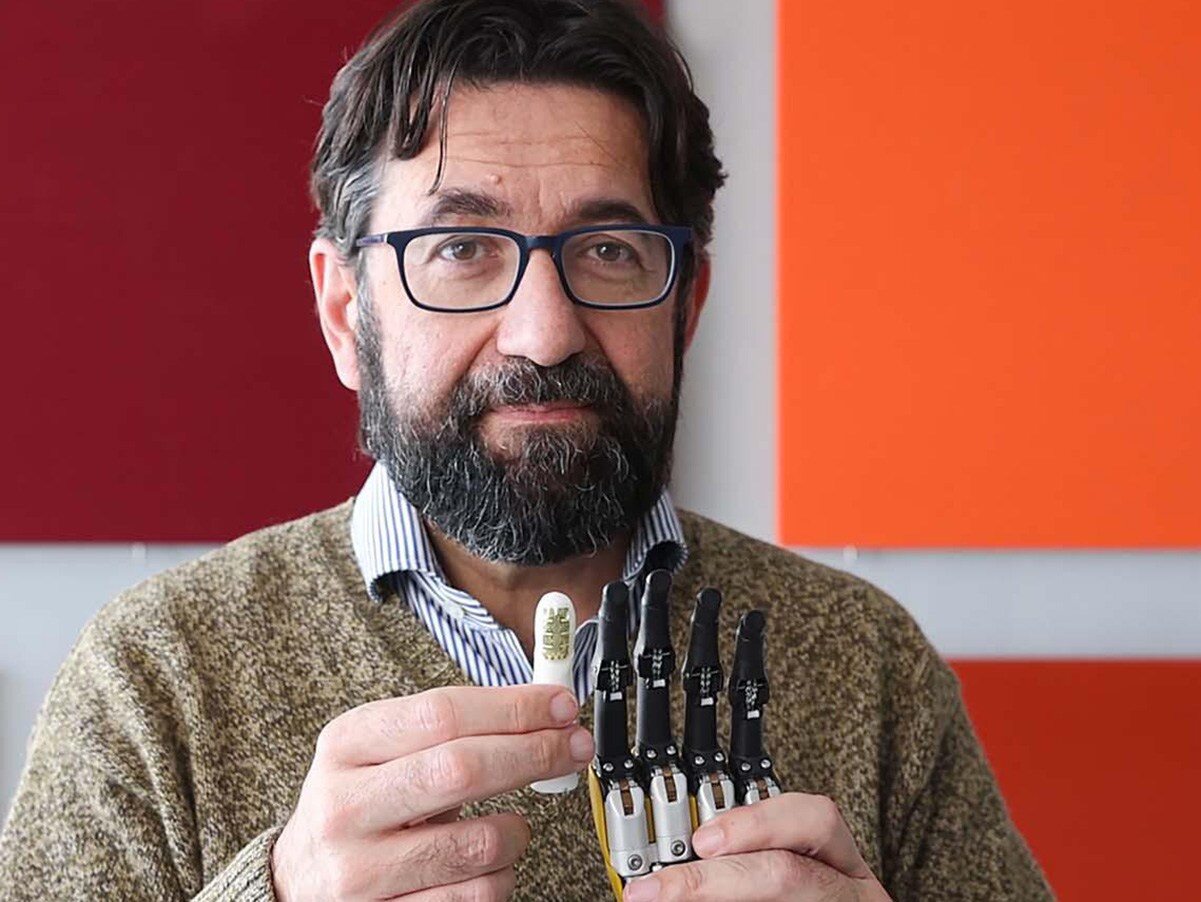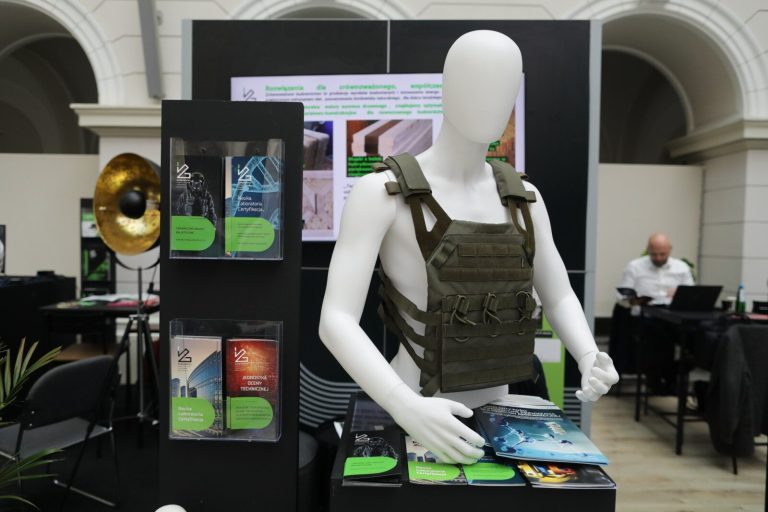New bionic prostheses feel temperature. This is what the future will look like

Researchers conducted experiments with prostheses capable of sensing the temperature and texture of materials. Groundbreaking research could be the next step in the development of advanced bionic prostheses.
Modern materials and the persistent work of engineers can help people after amputations return to normal. And scientists have recently made considerable strides on an awe-inspiring project – a prosthesis that can sense the temperature and other characteristics of the materials it touches.
Bionic prostheses as a chance to regain former efficiency
The latest research on bionic prostheses was carried out by the Swiss scientific institution EPFL. As part of the tests, seventeen people were fitted with the experimental MiniTouch prosthetic hand, which had special thermal electrodes. These were connected to the part of the arm left after the amputation.
Participants in the study were then asked to report what they felt. As it turned out, they were able to determine the heat of objects touched by a robotic hand. What’s more, they were also able to recognize various materials “by touch”, including distinguishing copper from plastic or glass.
“When I touch my stump with my hand, it tingles where my hand was – it’s my phantom hand.” But feeling the temperature is something completely different, something very important and … beautiful – comments Francesca Rossi, one of the study participants.
She adds that the sensations of temperature and texture seem to bring her closer to feeling as if the prosthesis were her actual lost hand. – The temperature is a very nice feeling. I can fully feel my phantom limb. Thanks to this, it no longer seems “phantom”. It’s like my limb has come back,” Rossi adds.
How does a bionic prosthesis work?
EPFL researchers are using previous findings of science here. As it turns out, amputees are able to feel many different sensations in the body part they have lost. It’s the things that change like temperature.
Specially prepared fingers of the bionic limb transmit appropriate signals to the remaining forearm, and then the sensation radiates to the phantom limb. This allows the subject to feel as if the phantom finger is actually feeling the heat or cold of the object.






